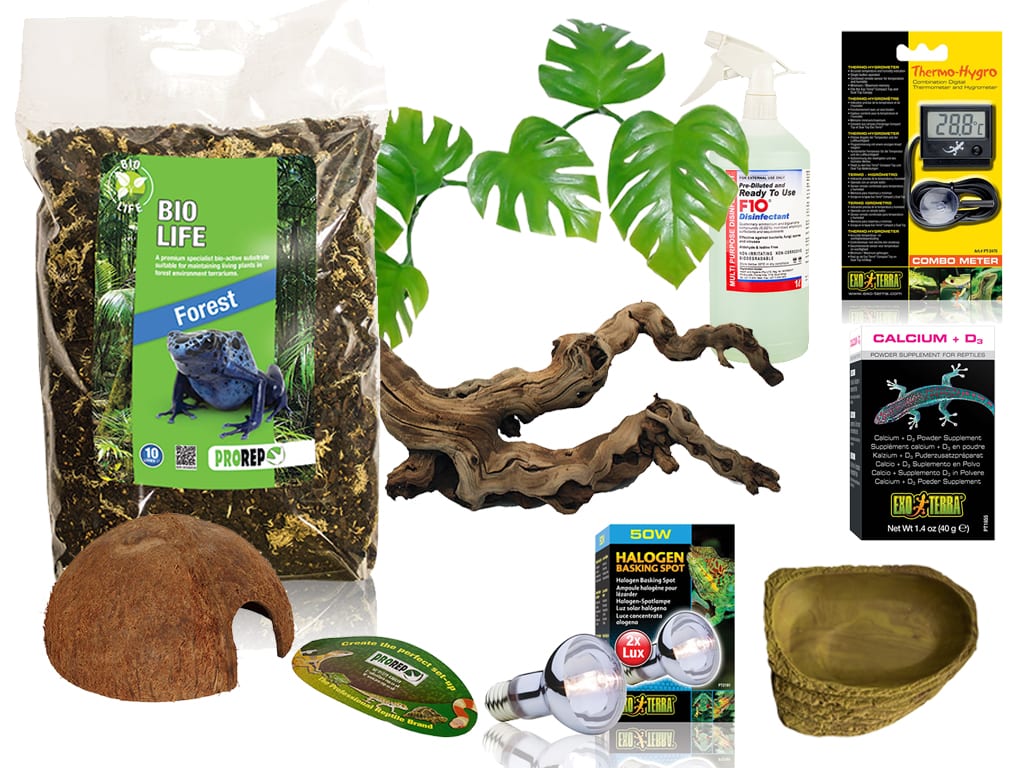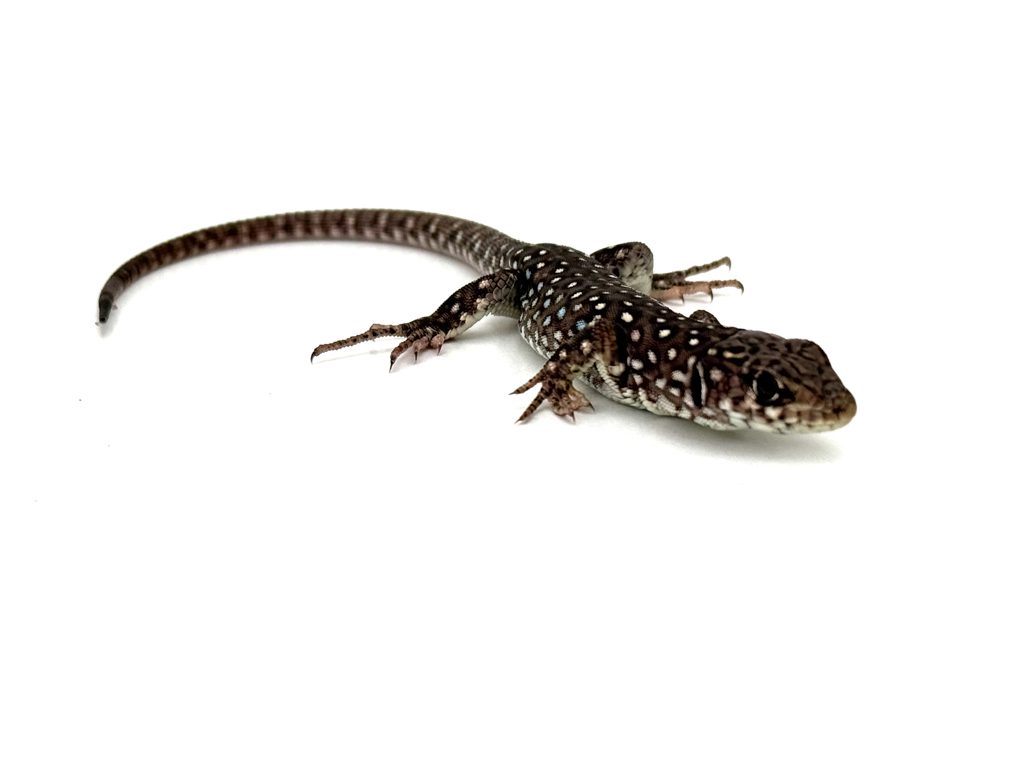
Jewelled Lizard
Care Sheet
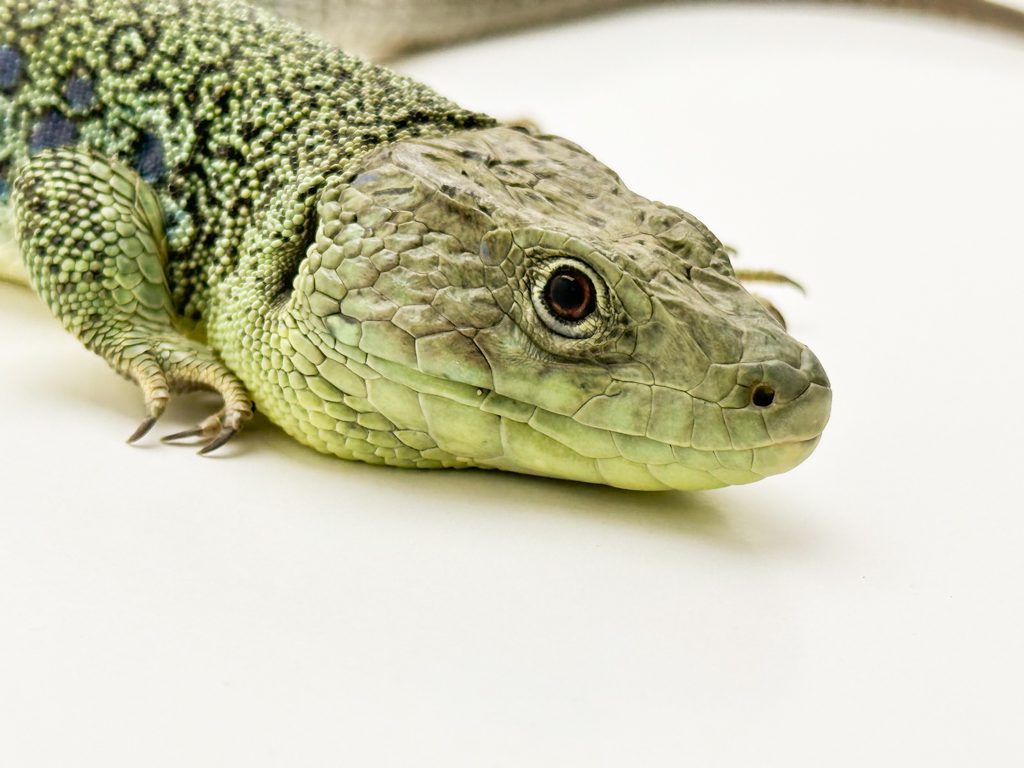
A large and colourful lizard originating in Europe. The Jewelled lizard is also known as the Eyed lizard or the Occelated lizard.
Males and Females are visibly similar in colour however females will have a generally muted colour compared to males.
With time, patience and gentle handling, Jewelled Lizards can become very tame, similar to a bearded dragon.
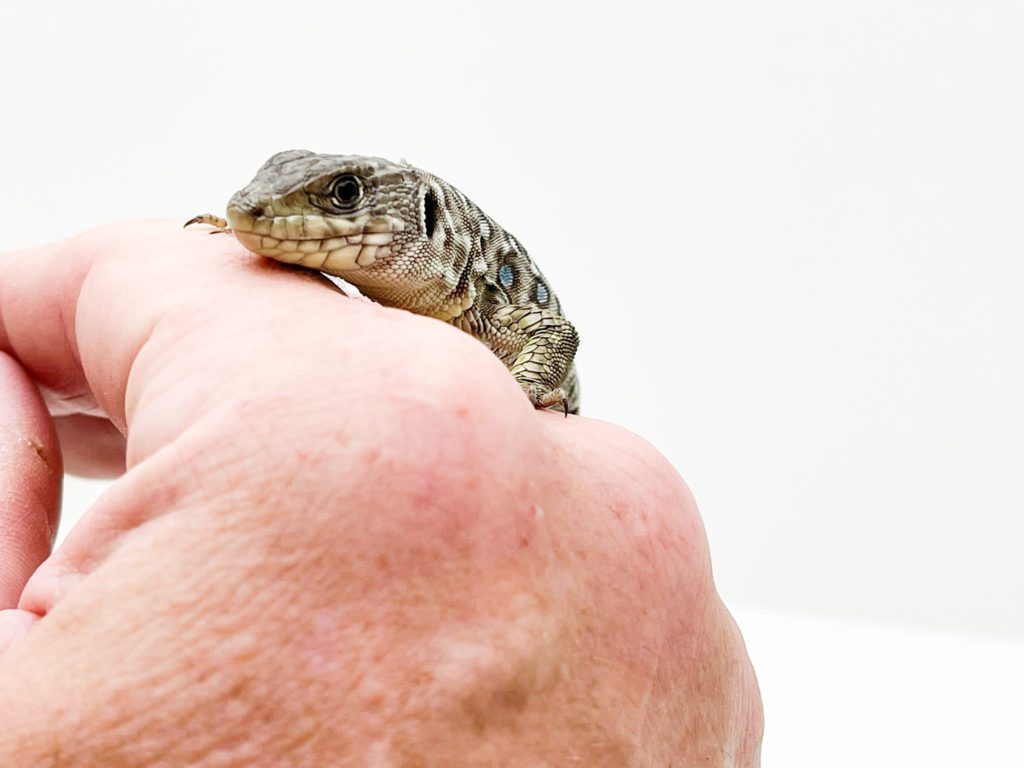

HANDLING YOUR LIZARD
Jewelled lizards are known to be fairly patient and calm lizards. As juveniles, they can be skittish and fast moving however with time and patience your Jewelled Lizards can become very tame, similar to a bearded dragon. This is of course individual to each Jewelled Lizard as they all have their own personalities.
We recommend handling within your tank to begin with, this allows your lizard to run free if it chooses to and if it drops from your hand it can land safely and not get lost.
Over time, you can bring your lizard out on to your hand, being careful not to dop your lizard. You may find that treat foods such as worms can help improve your bond, take care not to feed these consistently as they ado not contain everything that a Jewelled Lizard needs.
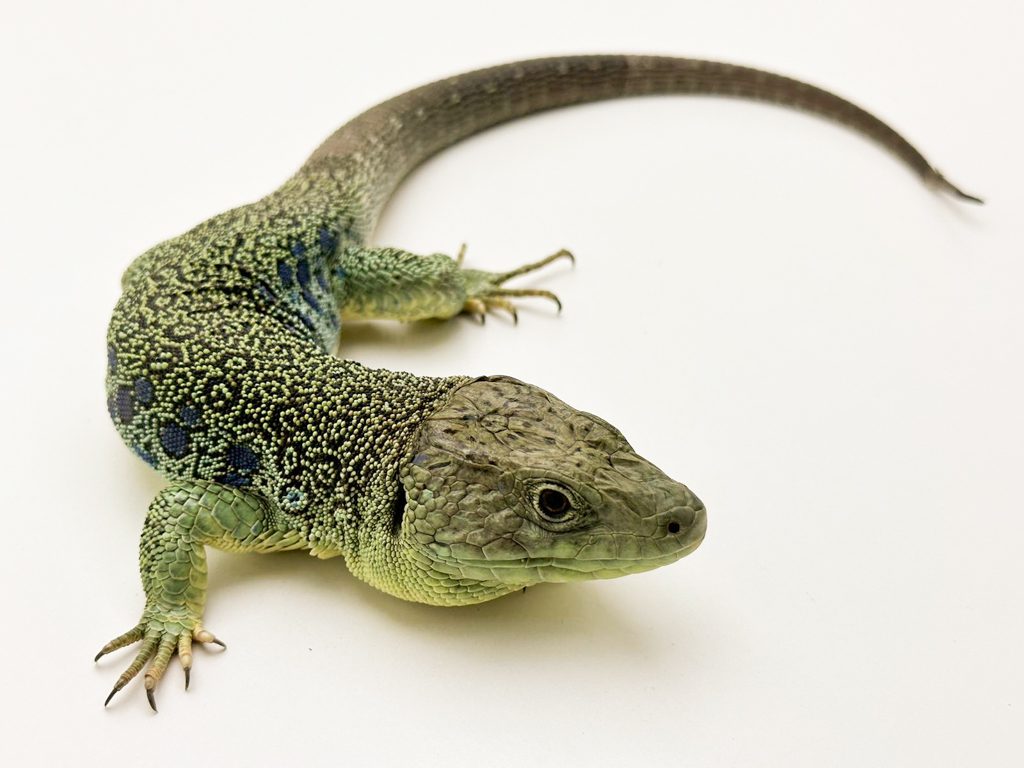

SEXING YOUR LIZARD
As Juveniles it can be difficult to sex Jewelled lizards however once they are several months old, males femoral pores will start to become distinctive.
Males are larger in body and have a much larger head in comparison to that of a female.
Males and Females are visibly similar in colour however females will have a generally muted colour compared to males.
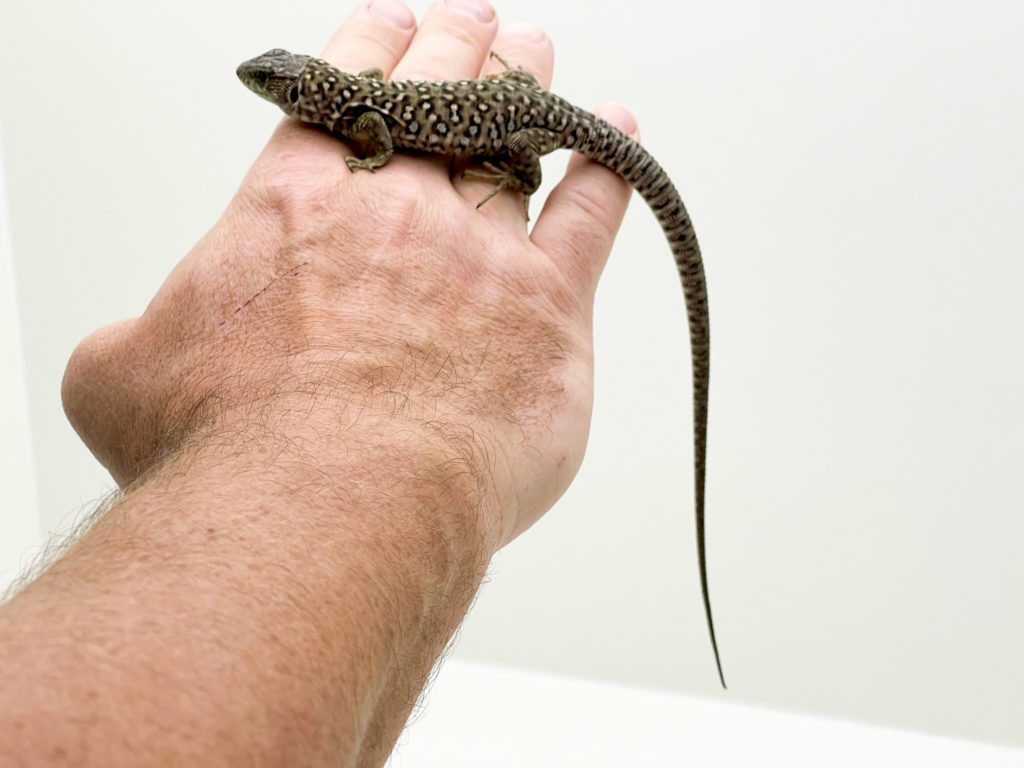

HEALTH CHECK
Eyes- Eyes are clear with no sign of puss, inflammation or milky appearance. Eyes are free of black spots in corners which could signify mites.
Skin- The skin is clear of shed and there are no cuts or scrapes on the lizards skin. Occasionally locusts or crickets can nip the skin of the lizard. Always remove live food that is not eaten after the lizards meal to prevent further bites and stress which can stop your lizard eating.
Limbs- All the limbs are moving correctly and the lizard is able to walk and move normally. Lizards can suffer from a condition called MBD (metabolic bone disease). This occurs when lizards do not have enough calcium D3 and causes their bones to grow abnormally, eventually restricting their movements. MBD cannot be reversed so always dust livefood with calcium twice a week to avoid MBD occurring.
Weight- Many lizards in captivity are overweight which is generally a result of the lizard being fed on worms alone or fed too often. Feed your lizards a mixed diet of locusts, crickets, roaches, mealworms and pinkie mice to adults as a treat..








ADVICE FOR LIFE!
When you buy your Pet & Housing from us!
Priority Boarding | Advice available face to face, via Telephone, Facebook Chat, Email, Instagram



